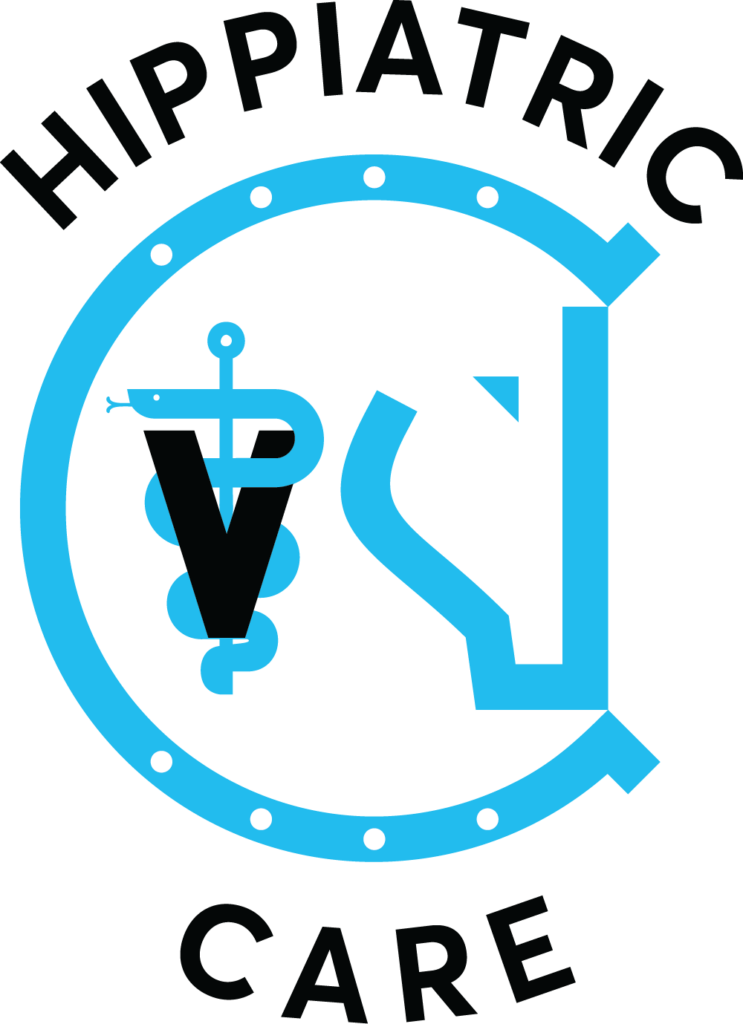Orthopaedics
ORTHOPAEDICS
Perhaps the most common reason a veterinarian will be called to examine a sport horse is orthopaedic problems. It is uncommon for a horse-athlete not to present some orthopaedic pathology during its lifetime, but even for preventive reasons, the management of a sport horse requires the supervision of a qualified equine veterinarian.
Identification of the affected area
The systematic, in-depth and detailed examination of a horse with an orthopaedic problem cannot be done in haste and in a few minutes, but almost always requires hours, sometimes even days.
A very good knowledge of anatomy, physiology, movement, as well as the peculiarities that exist in relation to the age, use, or breed of each horse, is necessary in order to conduct a comprehensive orthopaedic examination. The equine veterinarian should be able to perform a series of diagnostic tests such as regional anaesthesia, intra-articular injection of local anaesthetics, flexion tests, etc. aiming in locating the source of pain. Often, there may be pain in more than one limb or even in more than one area of the same limb.
Back, neck, and pelvis problems, as well as dental issues, may be the cause of a condition that appears to affect the limbs. In addition, a thorough neurological examination of the horse should always be carried out, as several problems have a neurological origin and may initially manifest as lameness or decreased performance.
Objective Gait Analysis
We have a system that analyzes the movement of the horse using a special algorithm with the aim of objective evaluation of lameness.
Contact us for information and to try the unique Objective Gait Analysis system in Greece.
Diagnosis of the pathological condition
After identifying the affected area, specialized imaging tests such as digital X-ray, doppler ultrasound and thermal imaging will help in the final diagnosis. Our knowledge and experience from large university clinics, in conjunction with our continuous professional development, enable us approaching the orthopaedic cases providing high level services.
Intra-articular treatment
Intra-articular treatments are a special category in equine orthopaedics. Often, it is necessary for drugs to be administered within the joint cavity to treat osteoarthropathies. This requires advanced and thorough knowledge of the anatomy of the area, as well as the injection techniques. Otherwise, the injection of the drug will not be intra-articular, but periarticular, offering poor and short-lived therapeutic results.
It is important to emphasize that intra-articular injections should be performed by a qualified and experienced equine veterinarian, as a wrong technique can lead in serious complications (such as cartilage injuries and septic arthritis) that could potentially end the horse’s athletic career.
With hundreds of intra-articular injections in our record, we can safely provide such a specialized service.
We are the only Greek equine veterinarians who hold a RADIATION GENERATOR OPERATING LICENSE from the Greek Atomic Energy Commission, ensuring both the correct and safe use of radiological equipment in outdoor settings, as well as the excellent quality of radiographic images.
- During the process of taking radiographs, dosimeters are used to monitor and record the amount of ionizing radiation received by the individuals participating in the procedure.
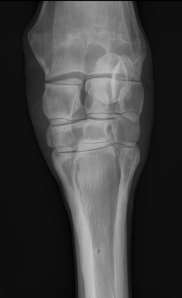
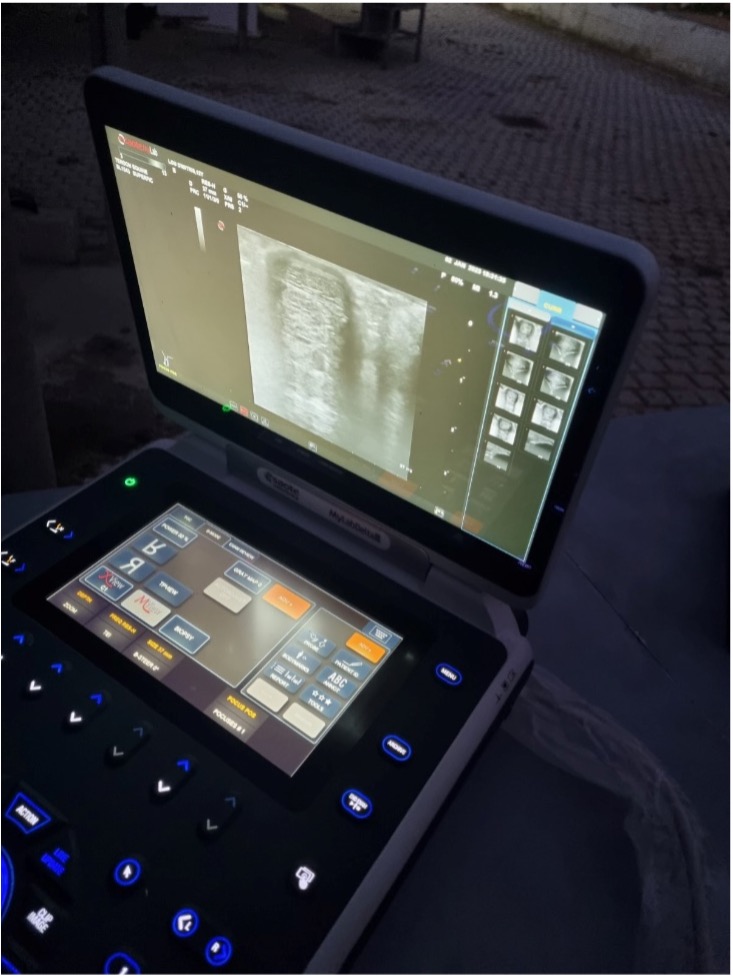
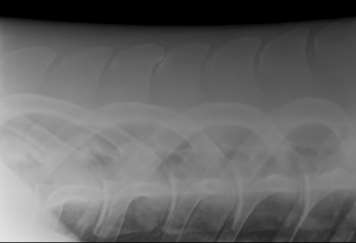
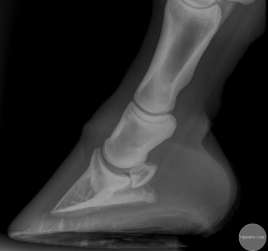
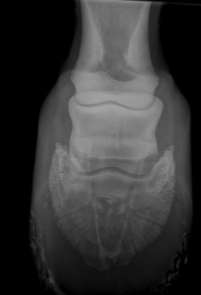
- Read about the use of Regenerative Therapies in Equine Orthopaedics – here –
